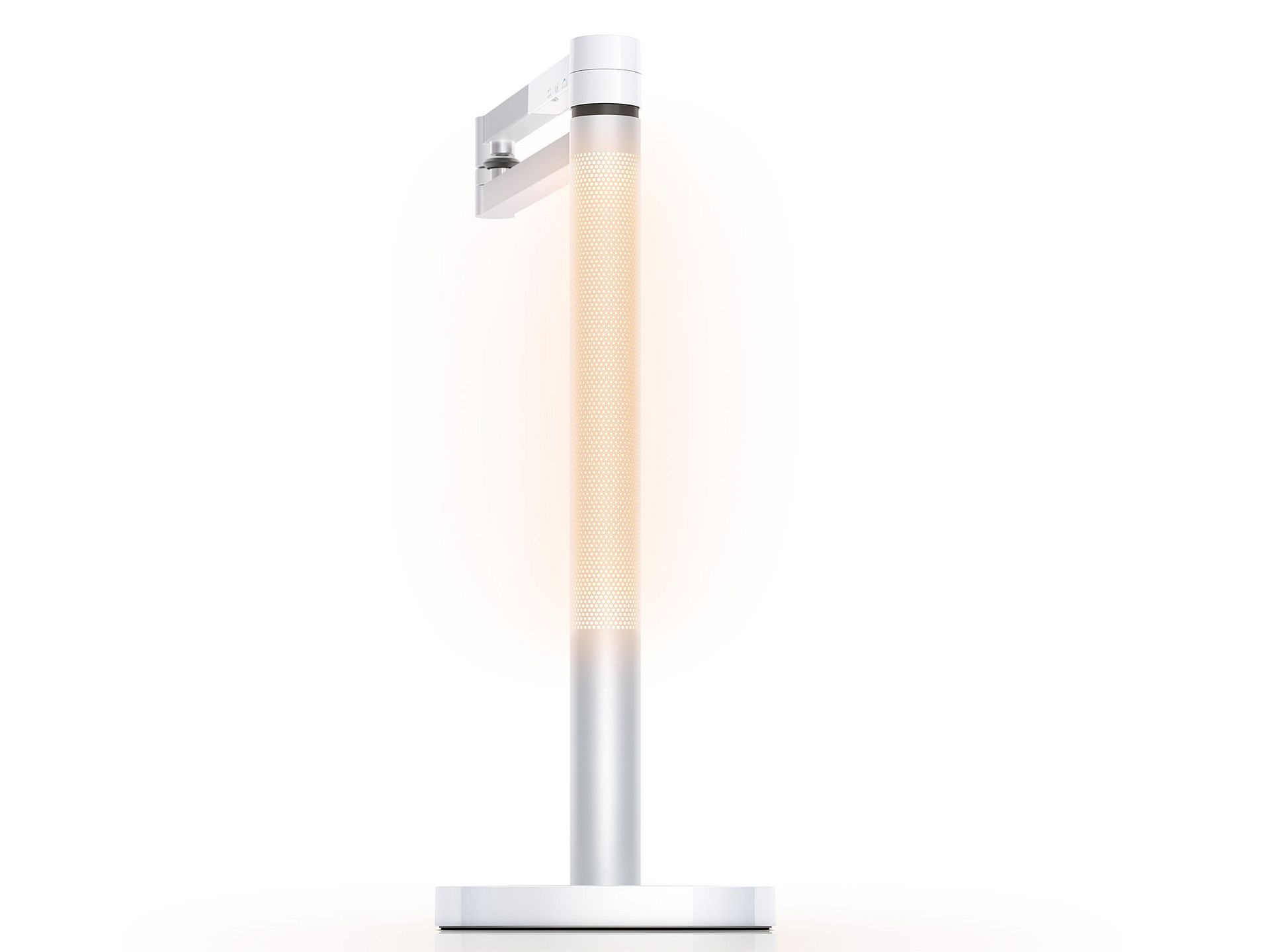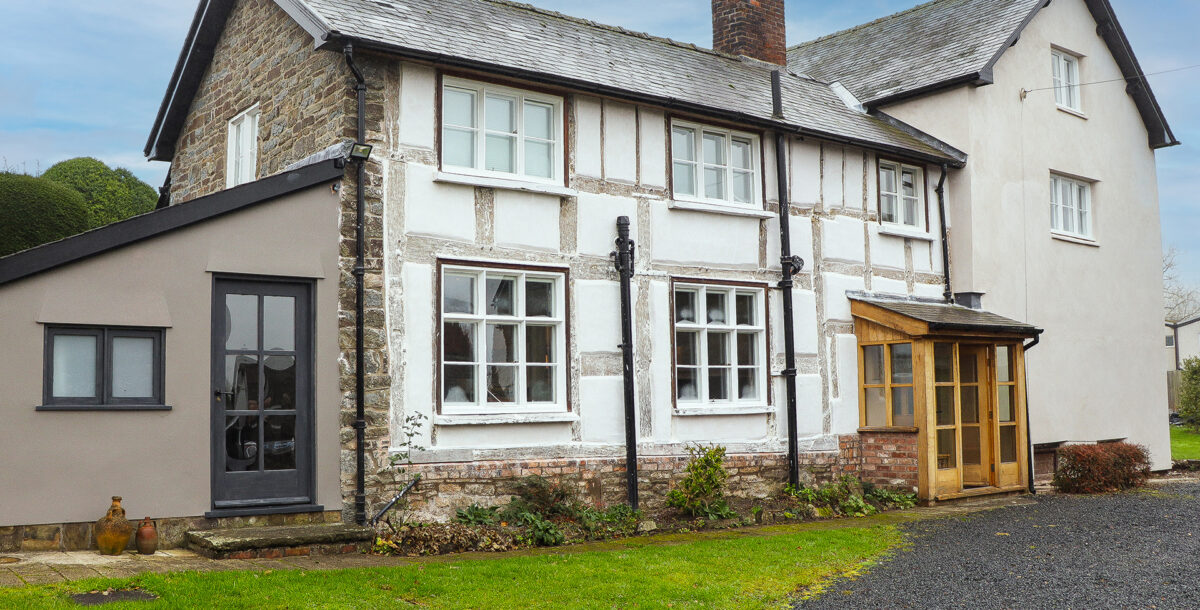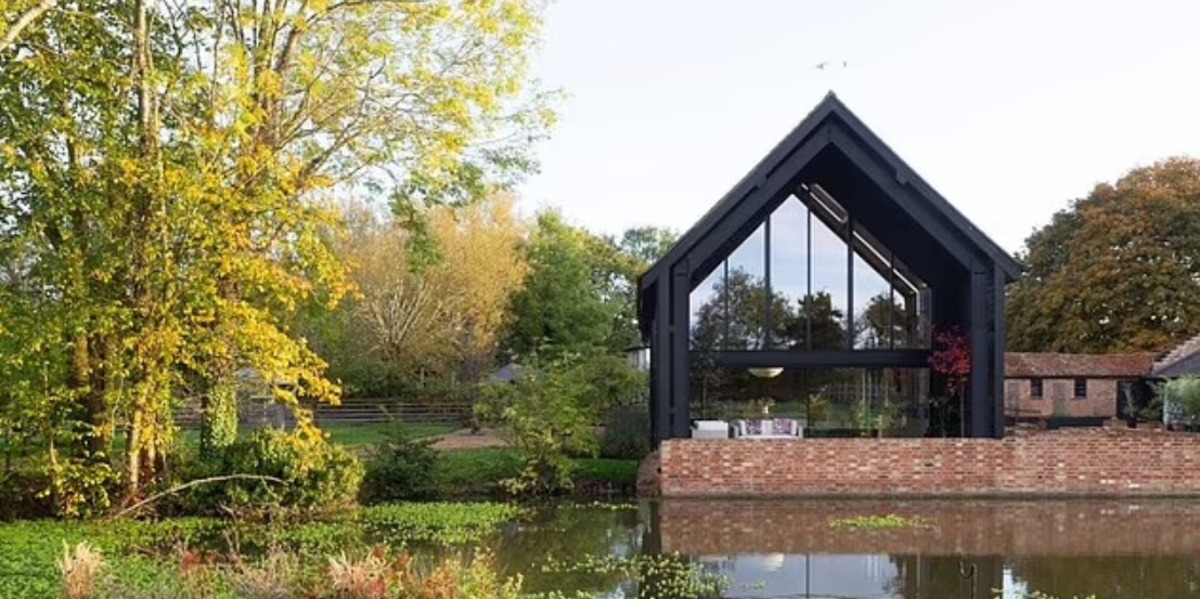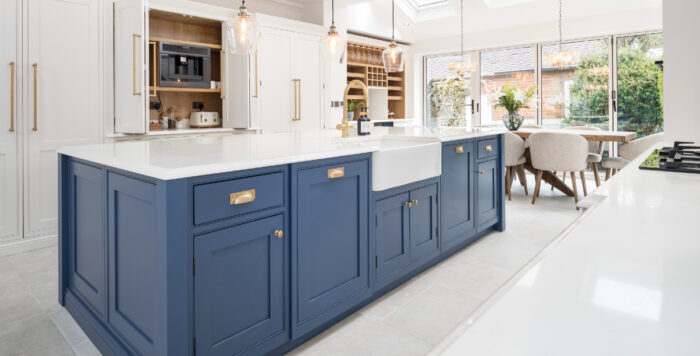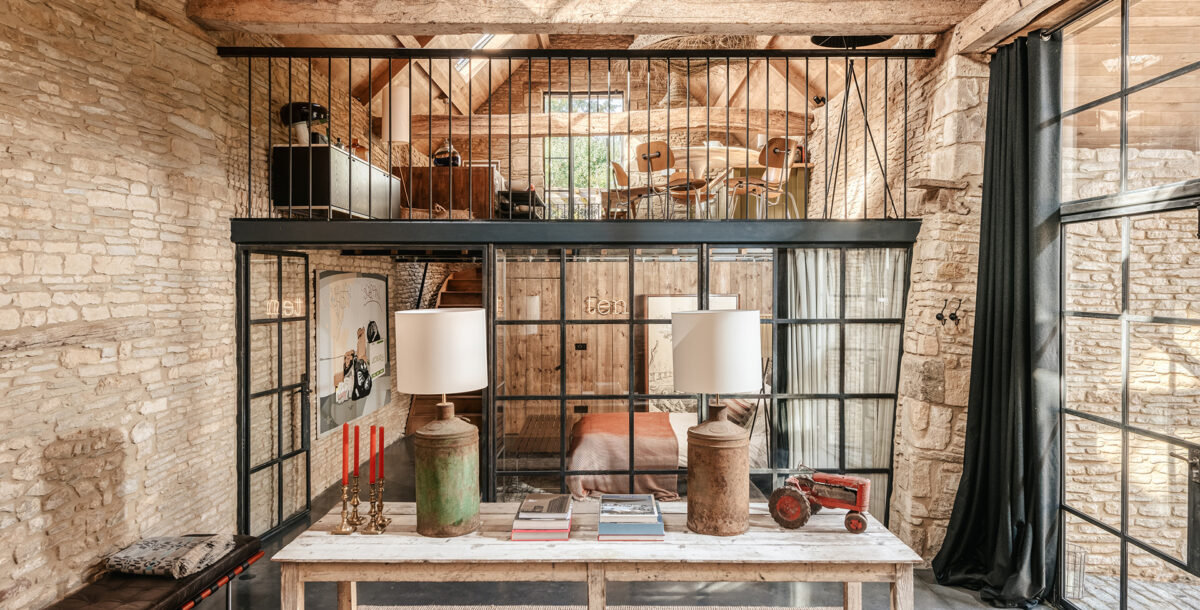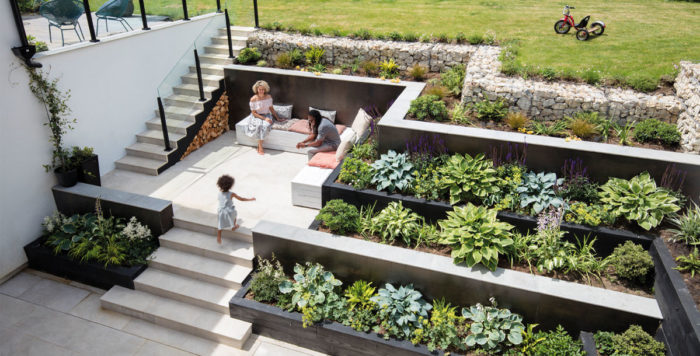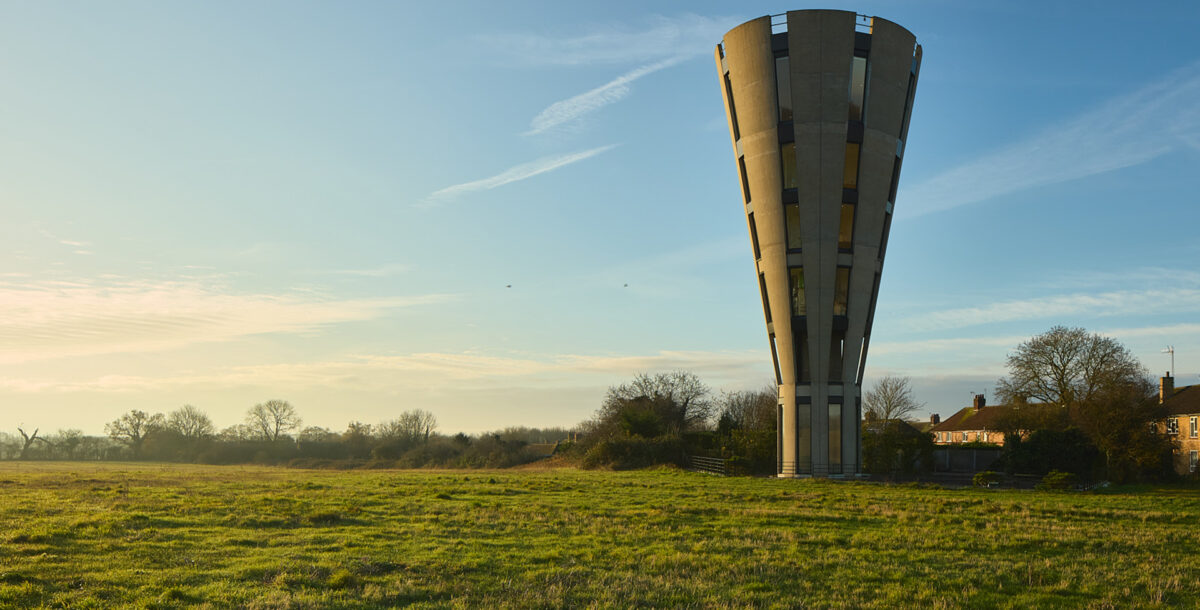Best light bulb colour temperature for bathroom, bedroom and more
When choosing lighting, it's not just the brightness that counts but the colour temperature. Here's what you need to know.
Choosing light bulbs used to be easy: you’d have to pick the right wattage for the room you wanted, and that was it. Today, with LED bulbs, the choice is more complicated. Modern LED bulbs are not only rated by lumens for brightness, rather than Watts, but also have a colour temperature, which tells you what the light will look like: warm white to bright (cold) white.
Getting the right colour temperature by space is important to get the right feel for a room. Go for a cold white in a living room, for example, and it will feel like you’re, say, in an office, lacking the cosy feel that you probably want. Here, we explain what different colour temperatures are and how to pick the right type for your room.
What does colour temperature mean in lightbulbs?
Light bulb colour temperatures are rated in Kelvin (K), which is the SI base unit of thermodynamic temperature.
For light bulbs, the colour temperature is based on the concept of heating a black body radiator (an opaque, non-reflective body).
As the body warms up and absorbs heat, it produces incandescence, which is visible light. Depending on the set temperature, the colour of the light changes.
At lower Kelvin ranges, light gives off a warmer, more yellow tone; at higher Kelvin ranges, light gives off colder blue temperature; in the middle, you get a bright white light. You can see the effect of colour temperature below.
Light bulb colour temperature chart

As you can see, there’s a big difference in how a loom looks and feels based on the light temperature.
At 2000K, the room is warm-feeling but harder to see; by 6500K, the light is extremely bright but looks and feels harsher.
Light colour temperature guide
If you’ve ever bought the wrong type of light bulb by mistake, you’ll know how important it is to get the right colour temperature for the room you’re in. A lot comes down to personal preference, but here’s a general guide.
2000K to 3000K – best light bulb colour temperature for bedrooms
This light range is in the warm white range, with bulbs giving off a calming and more yellowish light. This kind of lighting generates a relaxing atmosphere and works well where you don’t need bright utility light to work from, such as in a living room or bedroom.
At 2000K, pictured below, the light is very warm and closer to a room being lit by candles. It’s a very calm type of light, but it may make tasks, such as reading, harder.
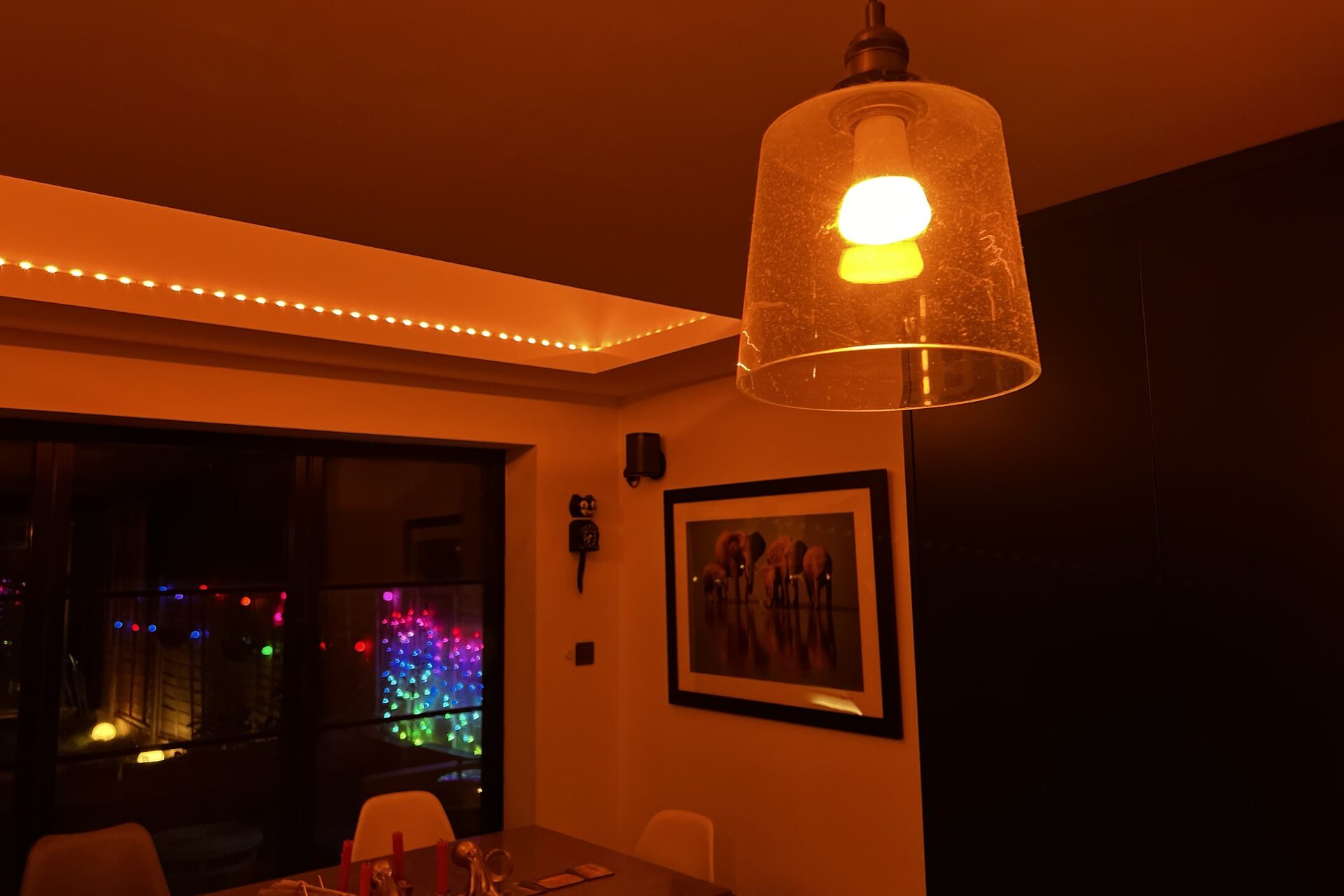 By the time you get the 3000K (below), the light has lost its orange tone and is more golden. This light is still warming and inviting, but it’s easier to read and operate in.
By the time you get the 3000K (below), the light has lost its orange tone and is more golden. This light is still warming and inviting, but it’s easier to read and operate in.
Something in between the two examples, such as 2700K, is probably right for most living rooms and bedrooms, although you may want to mix and match: a 2700K main light, for example, with a 2000K lamp for when you want the most relaxing environment.
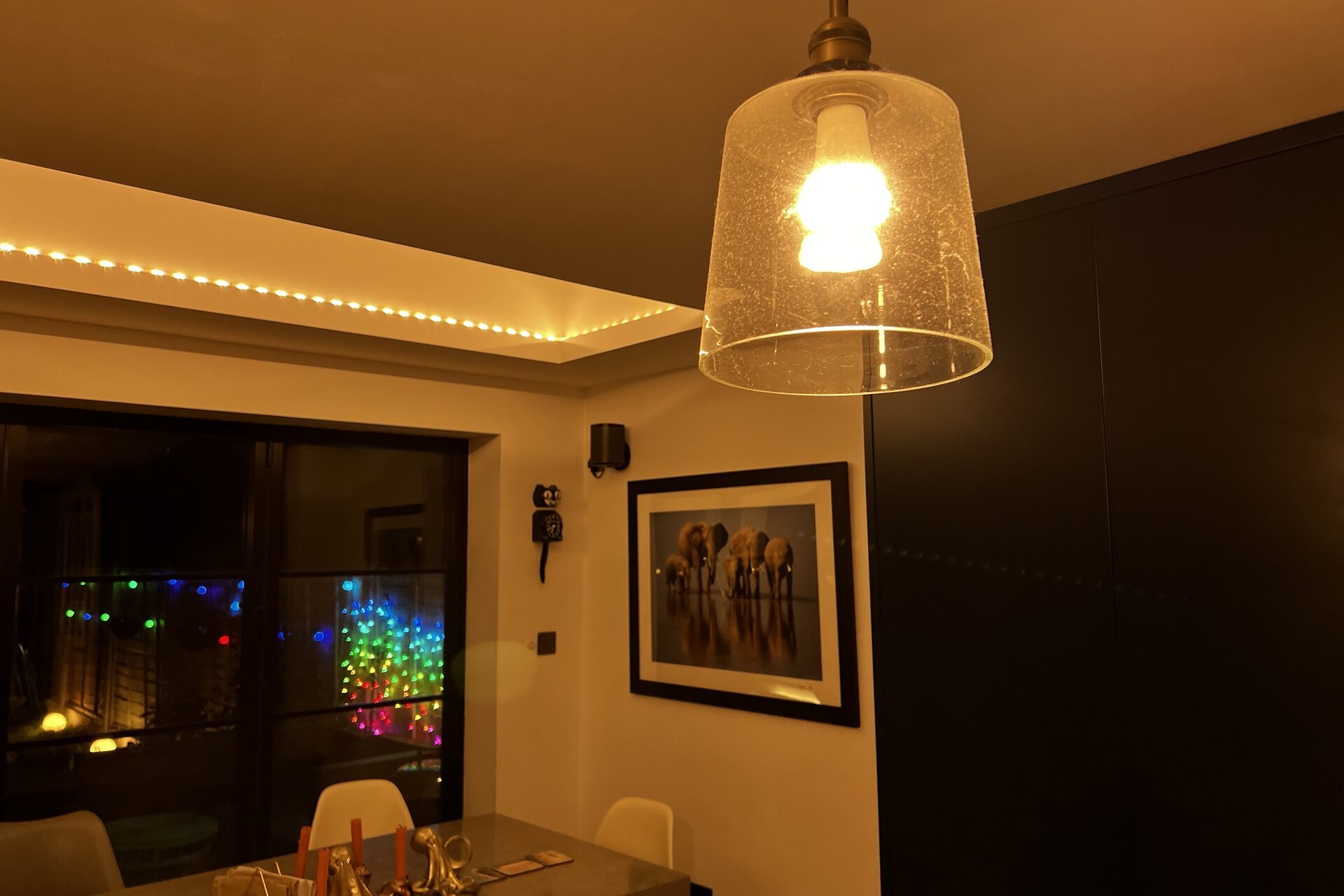
3000K to 5000K
As you move up the temperature scale, the light becomes cool white, with a brighter light that looks more pure white. This kind of light is stronger and easier to work under, perfect for when you need to concentrate on a task.
These light temperatures are good for kitchens, bathrooms and offices.
At 4000K (below), the light is a good deal crisper than at 3000K but still has a small amount of warm tone to it, giving a good compromise.
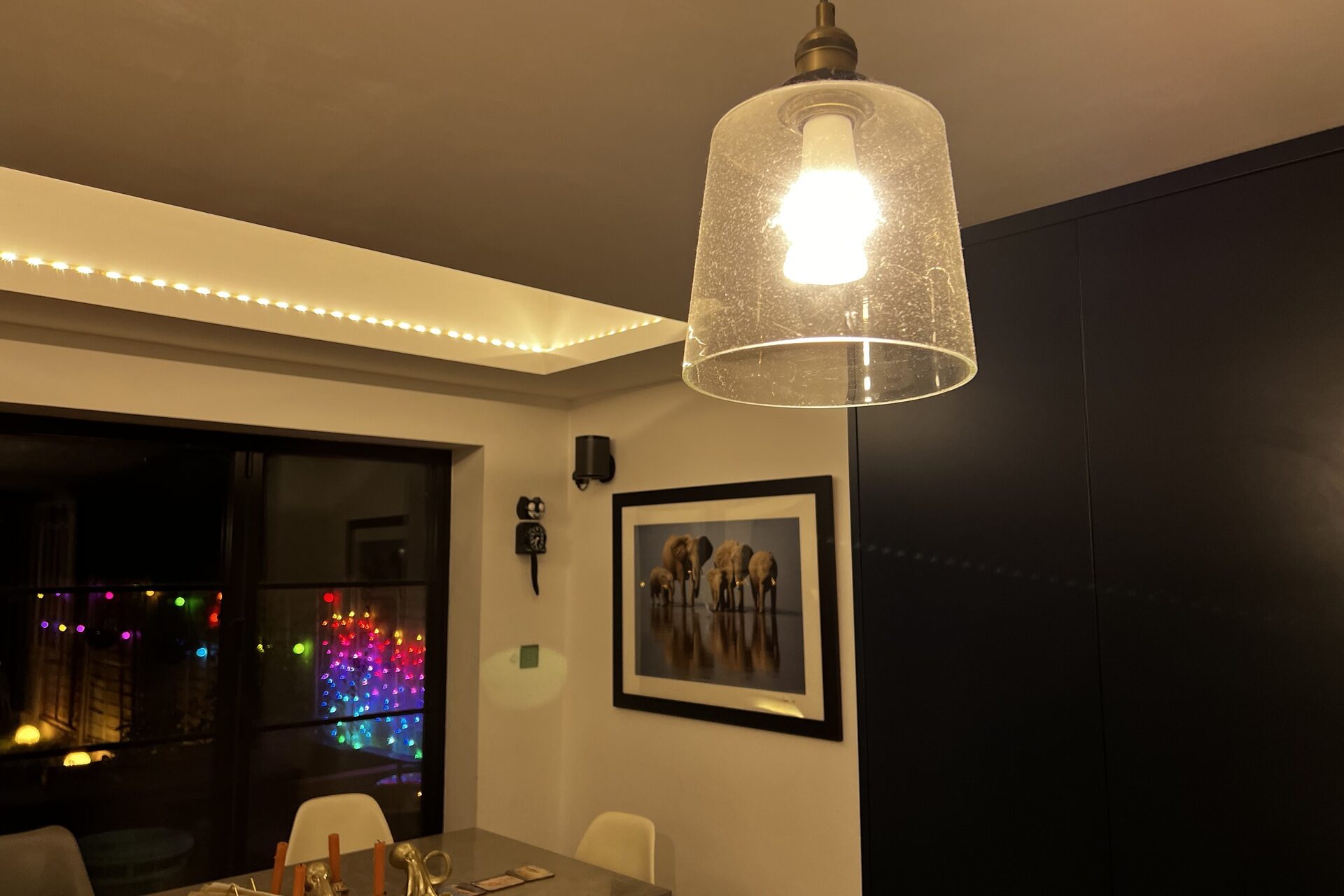 Push to 5000K (below), and the light is almost pure white. This is likely to be too harsh for kitchens, where you still want a degree of relaxation; however, for bathrooms, where you want to see clearly in a mirror, or an office, where you need to concentrate, this brighter kind of light may be ideal. Again, you can mix and match, say, having 5000K spotlights or lamps for concentrating mixed with warmer lights for ambient light.
Push to 5000K (below), and the light is almost pure white. This is likely to be too harsh for kitchens, where you still want a degree of relaxation; however, for bathrooms, where you want to see clearly in a mirror, or an office, where you need to concentrate, this brighter kind of light may be ideal. Again, you can mix and match, say, having 5000K spotlights or lamps for concentrating mixed with warmer lights for ambient light.
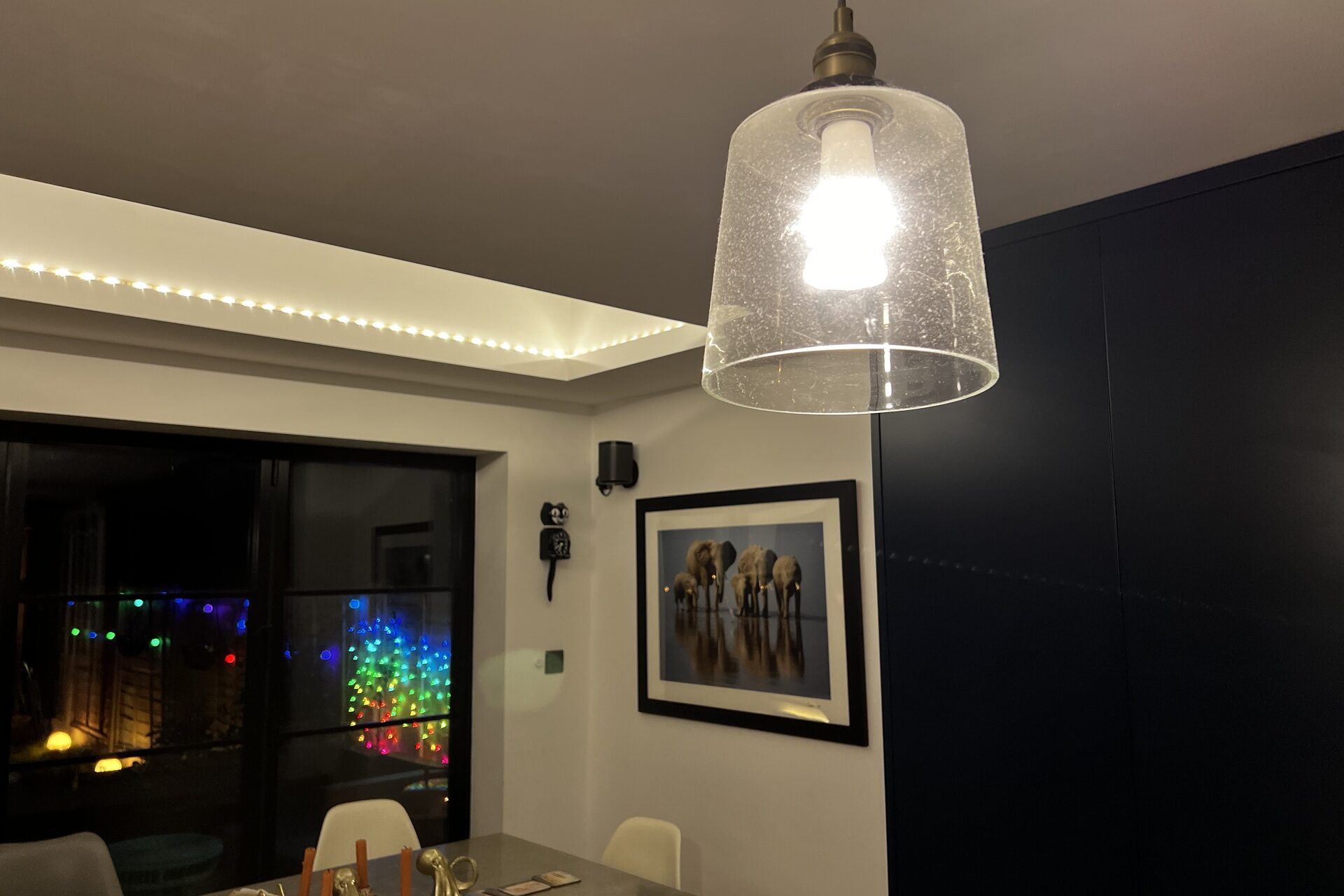
5000K to 6500K
With this light temperature range, you’re looking at light that closely matches daylight.
This kind of light has a blueish appearance to it and is the brightest type of light, which means it’s really for areas where you need maximum illumination, such as garages.
At 6500K (picture below), the lighting is similar to old-fashioned fluorescent strips. It’s too harsh to use in most rooms, so be careful with this kind of lighting source.
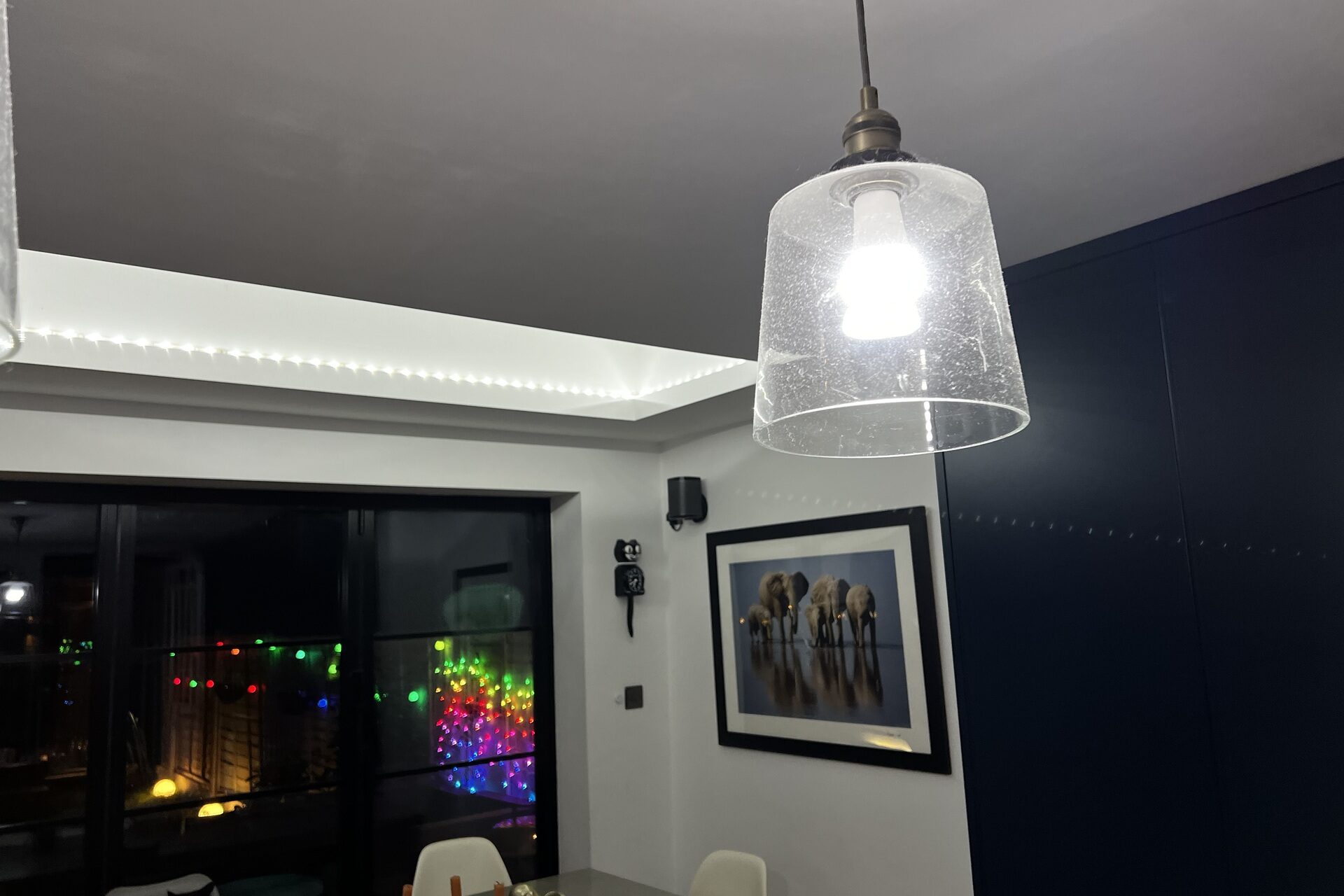
Circadian lighting and temperature adjustment
The truth is that one type of lighting temperature for a room isn’t ideal: depending on what you’re doing, being able to change the light temperature is a useful trick.
Some light bulbs have a simple way of doing this with variable colour temperatures based on the dimming level: warm white when dimmed and colder white when the brightness is turned up.
Smart lighting, like that offered by Philips Hue, gives more flexibility, with lights adjustable between 2000K and 6500K using the app.
That way, the lighting can be adjusted based on the task: 6500K in a kitchen for tidying up and preparing, but 3000K when sitting down to dinner.
Lights that adjust automatically based on the time of day (often called circadian lighting or biodynamic lighting) go one step further.
Having the wrong type of light temperature during the day can throw off our circadian rhythm, so lights that can match the colour temperature of the outside can improve mood. Biodynamic lighting looks set to be big in bathroom trends, but there are alternatives.
Many smart lights can adjust their colour temperature based on the time of day. Some lights, such as the Dyson SolarCycle Morph lamp.
This lamp intelligently changes colour temperature based on the sunlight at your exact location, adjusting automatically through the year as light temperature and day length change.
